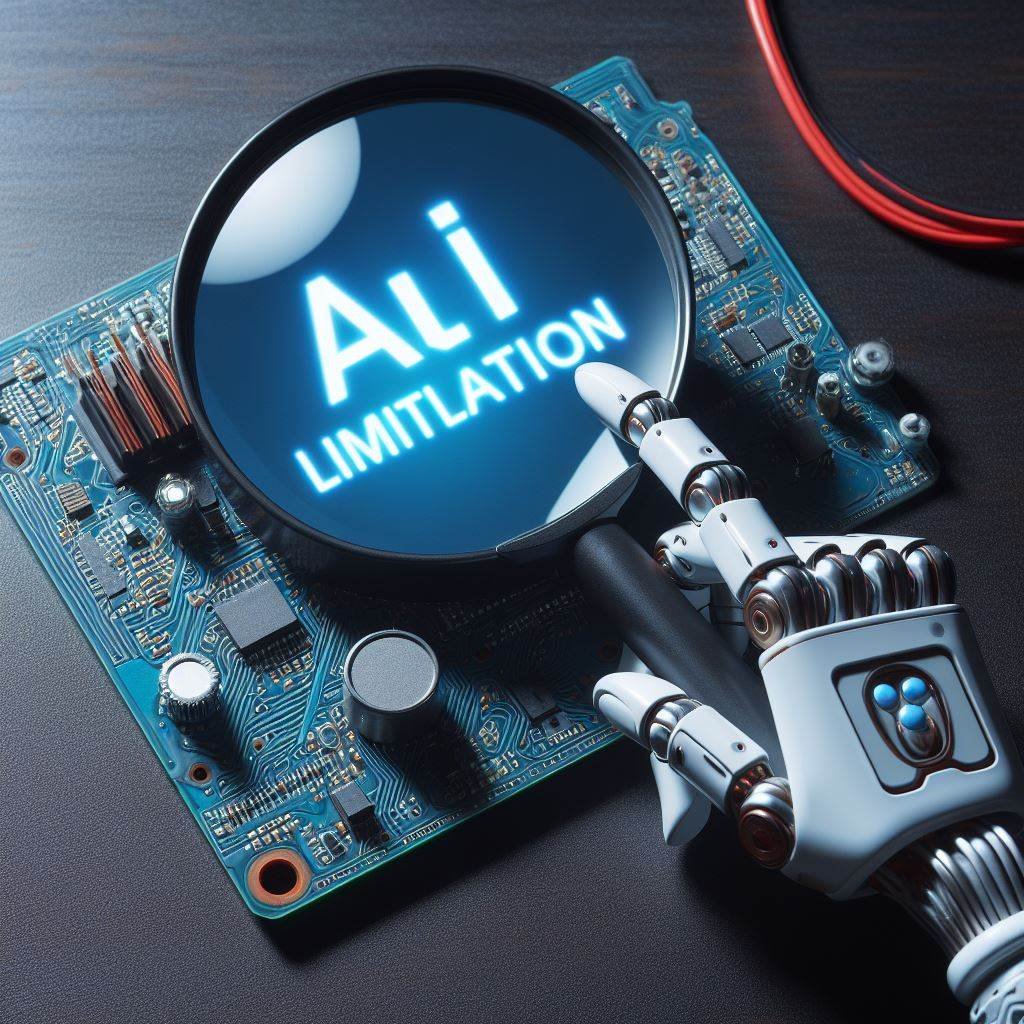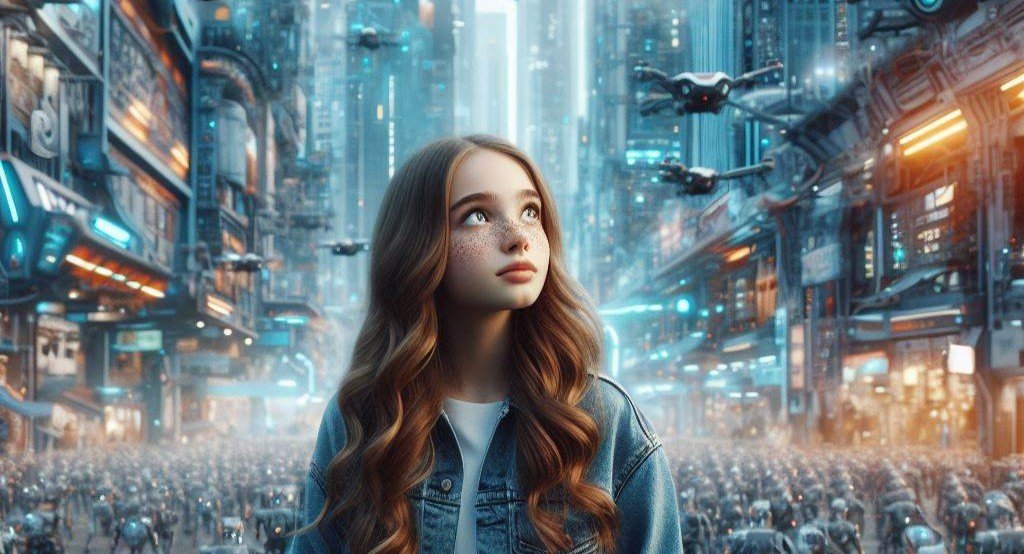Table of Contents
OpenAi text into video
In recent years, OpenAI has been pioneering cutting-edge artificial intelligence research, consistently pushing the boundaries of what’s achievable in the field of machine learning. Their latest breakthrough innovation has taken shape in the form of an extraordinary AI model capable of seamlessly transforming text into captivating video content. This development marks a significant milestone in the evolution of multimedia creation and consumption, heralding a new era of content generation.

How Does It Work?
OpenAI’s latest AI model harnesses sophisticated natural language processing (NLP) and computer vision methods to analyze and understand textual input, translating it into visually captivating video content. Through the utilization of deep learning algorithms, the model has the capability to produce lively scenes, animations, and graphics that align with the provided text.
Key Features and Capabilities
This AI-driven system comes with an array of remarkable features, including the capacity to produce top-notch videos spanning different genres and styles. Whether it’s informative presentations or narrative storytelling, the model can adjust its output to meet a wide range of content requirements. Moreover, it provides customizable options for visuals, animations, and audio elements, enabling users to personalize the end product according to their preferences
Applications of the AI Model
OpenAi Text Into Video
Content Creation and Marketing
One of the key uses of OpenAI’s text-to-video model is in content creation and marketing. With OpenAI’s Text Into Video, businesses and content creators can effortlessly convert blog posts, articles, and social media content into captivating video presentations, enhancing their audience reach and engagement.
Educational Purposes
In the field of education, this AI model holds enormous potential. Teachers and educators can utilize it to convert textbooks, lectures, and lesson plans into interactive video lessons, enriching student understanding and retention with the help of visual aids and animations.
Accessibility and Inclusivity
Moreover, the text-to-video conversion provides advantages in terms of accessibility and inclusivity. By transforming text into visual and auditory formats, the AI model promotes greater accessibility for individuals with disabilities, guaranteeing that content is accessible to a broader audience
Advantages and Benefits
Efficiency and Time-Saving
One of the main benefits of OpenAI’s AI model is its efficiency and time-saving abilities. By automating the video creation process, it greatly decreases the time and resources needed to generate top-notch multimedia content, simplifying workflows for businesses and content creators. OpenAI’s Text Into Video makes life easier for today’s creators.
Versatility and Customization
One of the main benefits of OpenAI’s AI model is its efficiency and time-saving abilities. By automating the video creation process, it greatly decreases the time and resources needed to generate top-notch multimedia content, simplifying workflows for businesses and content creators. OpenAI’s Text Into Video makes life easier for today’s creators.
Enhanced User Experience
Text-to-video conversion makes content way more accessible to everyone. Some people learn best by seeing and hearing things, rather than just reading. These tools give creators an awesome way to reach a wider audience and share their ideas more effectively
Potential Challenges and Limitations

Accuracy and Quality Control
While OpenAI’s text-to-video AI is definitely promising, it’s important to be realistic. They’ll need to focus on accuracy and quality control to make sure the videos are a true reflection of the text input. Still, its accuracy right now is already a good sign!
Ethical Considerations
This whole AI-making-videos thing is pretty amazing, but it’s also important to think about the bigger picture. As this technology gets better, there are some tricky questions we need to answer. Who really owns the rights to these AI-created videos? How do we avoid spreading false information? And what if the AI ends up putting its own spin on things, maybe even a biased one? We need to figure out how to handle these ethical issues before AI video-makers become all the rage.
Future Prospects and Developments
OpenAi Text Into Video
Improvements and Advancements
OpenAI’s text-to-video model has so much potential, and this is just the beginning. With more work and development, these videos could be incredibly accurate and life-like. It opens up a whole new world of possibilities.
Integration with Other Technologies
Think about how cool it would be to use this AI with VR or AR – you could practically step into the worlds created from text! This has the potential to make learning, entertainment, and everything in between way more interactive. OpenAI is definitely onto something amazing here
Conclusion
Hold on to your hats! OpenAI just introduced an AI that can turn plain text into videos. This is a huge leap forward for both AI and how we create media. Imagine being able to type out a story and instantly see it come to life on screen! This tech has the potential to completely change the way we make, watch, and even interact with videos in the future. OpenAI’s text-to-video tool is just one step on this exciting journey, and it’s gonna be wild to see where it takes us!
FAQs
Can anyone use OpenAI’s text-to-video model?
- Yes, OpenAI aims to make its technologies accessible to a wide range of users, including businesses, educators, and content creators.
How accurate are the generated videos?
- The accuracy of the generated videos depends on various factors, including the complexity of the input text and the quality of the training data. OpenAI continually works to improve the model’s accuracy and performance.
Are there any limitations to the types of text that can be converted into video?
- While the AI model can process a wide range of textual inputs, certain complex or highly technical content may pose challenges for accurate conversion. Additionally, copyright restrictions may apply to certain types of text.
What languages does the AI model support?
- Currently, the AI model primarily supports English-language text inputs. However, OpenAI is actively exploring ways to expand language support in the future.
How can I get access to OpenAI’s text-to-video model?
- For access to OpenAI’s text-to-video model and other AI technologies, visit their website or contact their team for more information.



